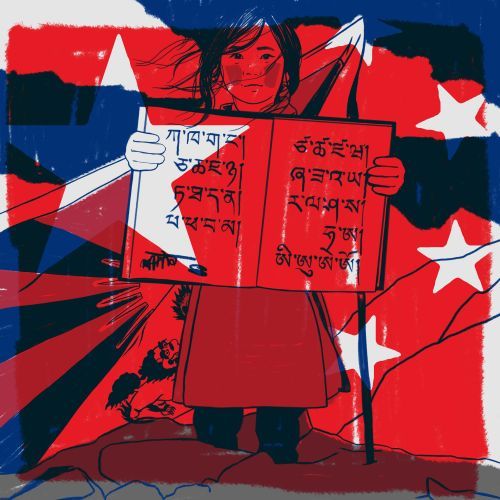Forced labour in the world and the fate of female refugees from North Korea
According to Save the Children, 336 thousand Italian children between the ages of 7 and 15 (6.8 per cent) have experience with work, and 58 thousand (27.8 per cent) adolescents between the ages of 14 and 15 say they have done work that has harmed their schooling and psycho-physical wellbeing. These are potential victims of educational poverty. In 2021, 23.1% of young Italians aged 15 to 29 – the highest number in the European Union – had no job, education, or training pathway. The legal working age in Italy is 16, and starting working after completing compulsory schooling is legal.
According to a report by Global Rights Compliance, some 500 thousand North Korean women and girls as young as 12 years old are hiding in China’s border regions after fleeing their homeland. Activists warn that refugee women remain critically vulnerable to exploitation – trafficking, rape and working as sex slaves. According to the Korea Future Initiative, 80% of refugee women fall into the hands of traffickers and are sold and sexually exploited. Korean women are also victims of forced marriages, unwanted pregnancies and forced labour.
In September 2022, the European Commission proposed legislation banning importing products made with forced labour. This has caused consternation in Southeast Asian countries, among others. An estimated 28 million people worldwide suffer from forced labour, and more than half of them live in the Asia-Pacific region. However, it may still be several years before a law is enacted in the EU.


























